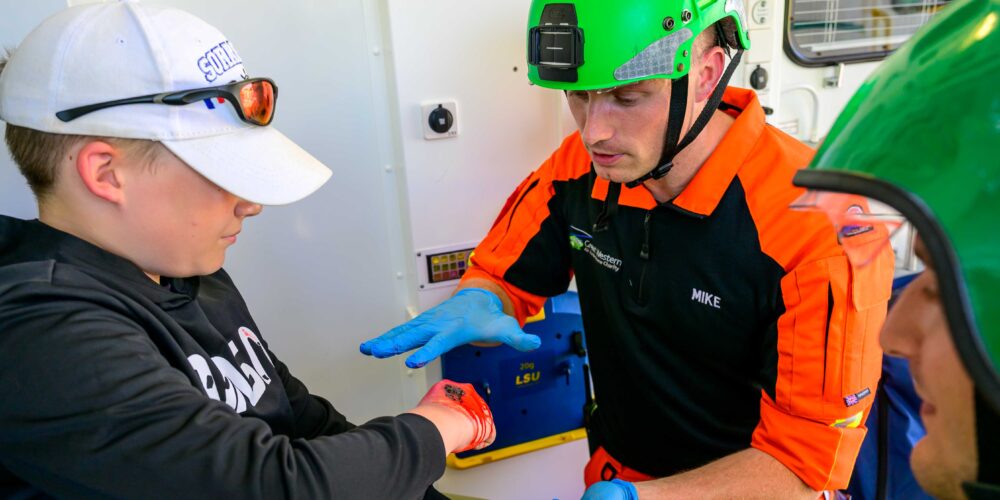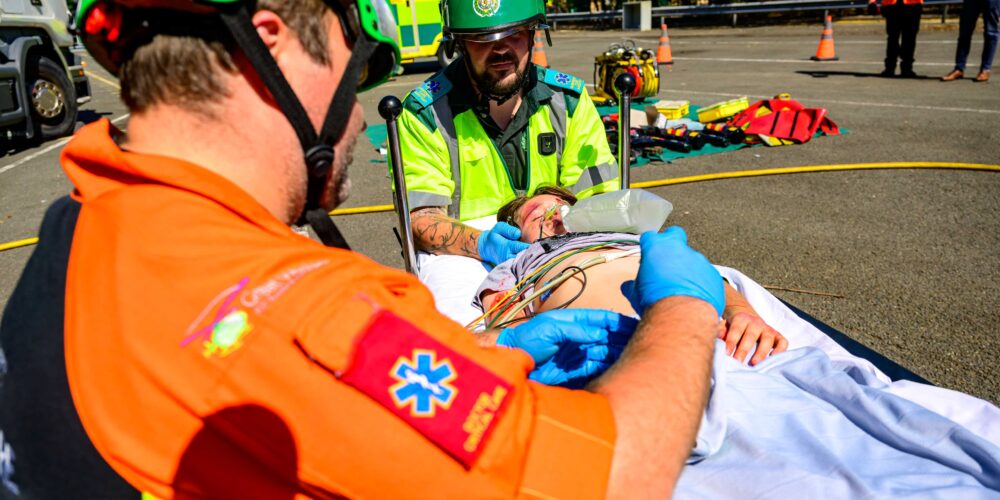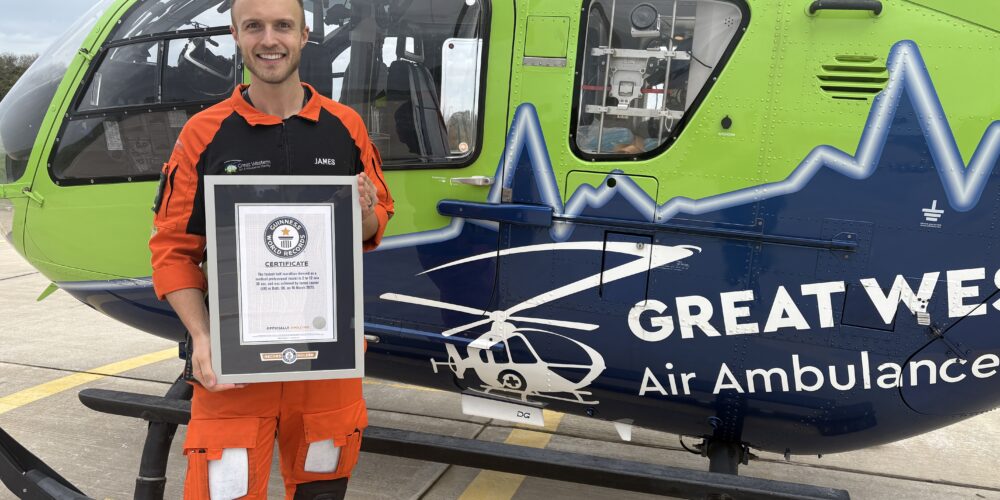
GWAAC’s Journey: How we grew to become one of the busiest Critical Care Teams in the region
May 7, 2021
Head of Operations on joining GWAAC and how the future of our charity could look
May 20, 2021 “This last year has been tough on everyone, but it has been especially testing for the crew, who have worked tirelessly to save lives in your community. Now, as restrictions start to ease, we’re facing a very different challenge – a rise in the number of patients who need us.” – Dr Ed Valentine, Medical Director
“This last year has been tough on everyone, but it has been especially testing for the crew, who have worked tirelessly to save lives in your community. Now, as restrictions start to ease, we’re facing a very different challenge – a rise in the number of patients who need us.” – Dr Ed Valentine, Medical Director
Over the last year, we have seen a quarter of a million pounds drop in income due to the pandemic. With many fundraising events and activities cancelled, we have been unable to bring in our usual level of funds, yet our crew have continued to be here, responding to those in need at a moment’s notice.
During the height of the pandemic, our crew of Critical Care Doctors and Specialist Paramedics remained operational, stepping up to support their NHS and frontline colleagues in the fight against the virus. The crew stepped in to perform inter-hospital transfers of critically-ill intensive care patients to relieve the pressure on local hospitals, as well as providing a 24/7 trauma advice line to local paramedic crews during the busiest months.
Despite people staying home for much of the year, the crew were called out to over 1,700 patients in 2020. As things return to ‘normal’ and restrictions are easing, they are busier than ever before. From 12 – 18 April, they saw their busiest week on record, receiving 52 call-outs across seven days.
Medical Director, Dr Ed Valentine, says: “This last year has been tough on everyone, but it has been especially testing for the crew, who have worked tirelessly to save lives in your community. Now, as restrictions start to ease, we’re facing a very different challenge – a rise in the number of patients who need us.
“As people get back into their cars for their daily commutes, take their summer ‘staycations’, and flock to our beaches, there will be no rest for us.”
Each call-out costs the charity around £2,000 on average, meaning this loss in fundraising could have covered over 100 lifesaving missions. Each year, we need to raise over £4 million to remain operational and rely entirely on charitable donations to do this.



